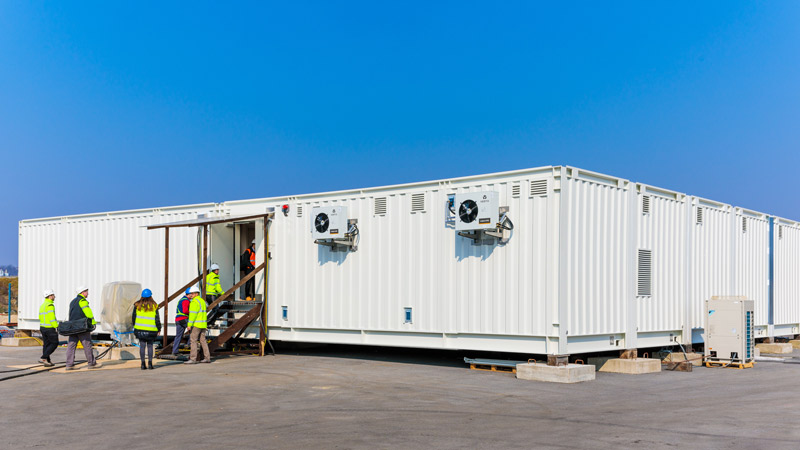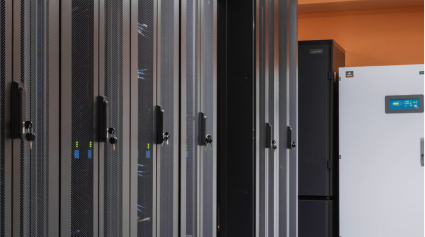When designing a power protection scheme for data centers, IT and facility managers must ask themselves whether a distributed or centralized backup strategy makes more sense. Unfortunately, there is no easy answer to that question.
Companies must weigh each architectural advantages and disadvantages against their financial constraints, availability needs and management capabilities before deciding which one to employ.
The principles of centralized versus distributed bypass architectures are different and are worth being expounded especially if applied to both standalone monolithic and integrated-modular UPS architectures.
In order to read more about it, download the white paper Distributed and Centralized Bypass Architectures Compared which explains the differences mentioned above especially trying to clarify these differences in two major areas:
- Reliability (in terms of comparative Mean Time Between Failure “MTBF”) and hence availability
- Fault clearing capacity and short-circuit withstand rating
By following the suggestions in the white paper, data center operators can simplify their decision-making process by receiving an overview of weaknesses and capabilities of both system designs, whichever strategy they ultimately select.








